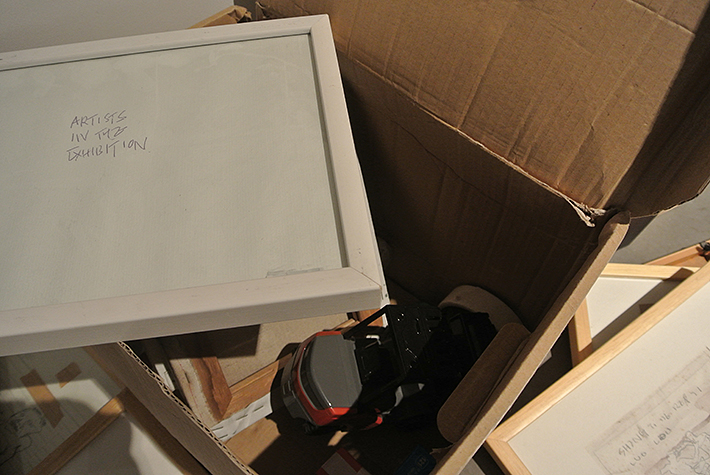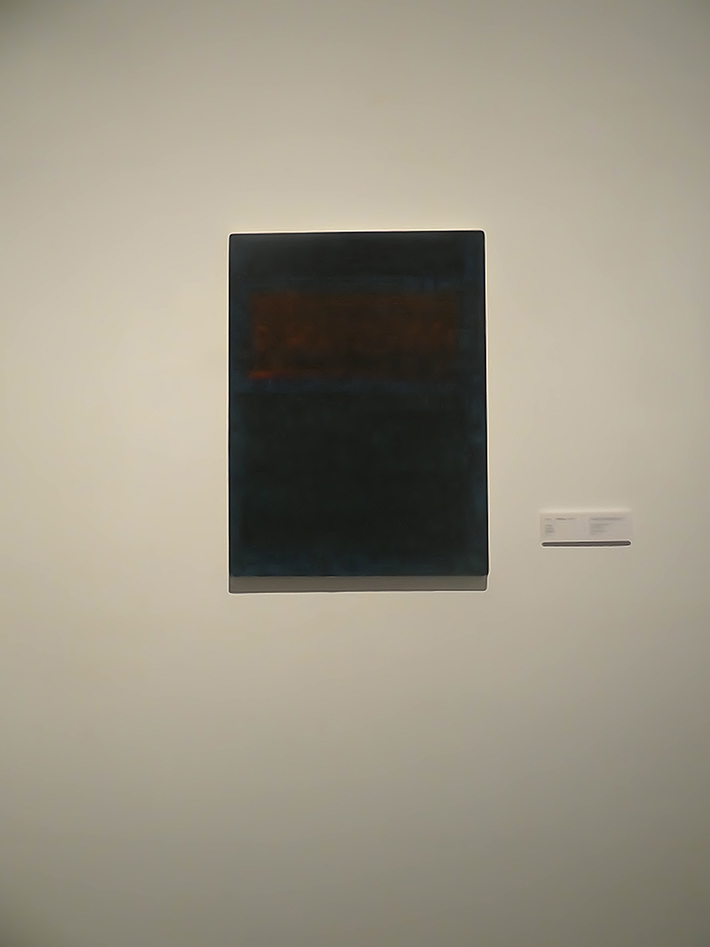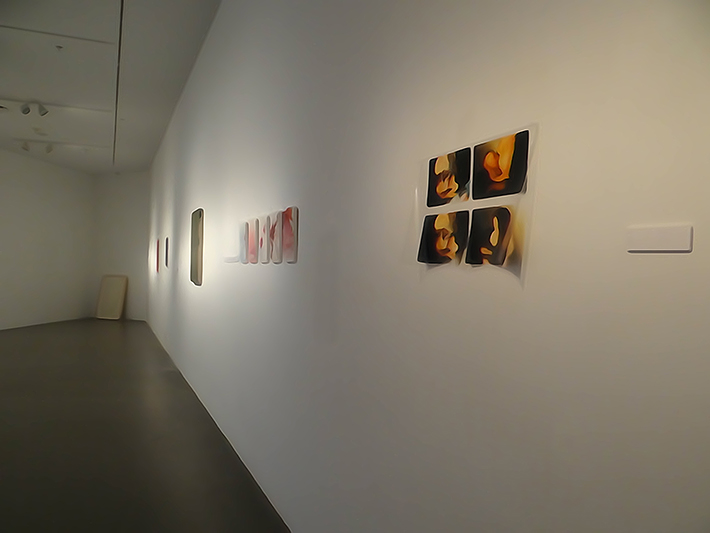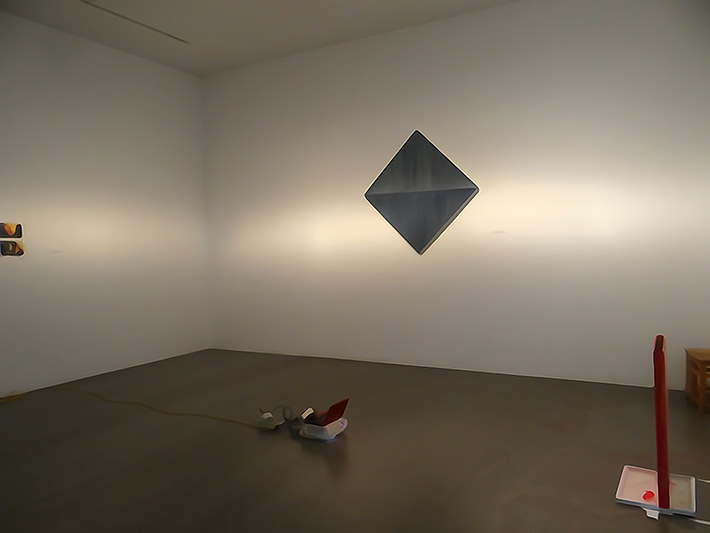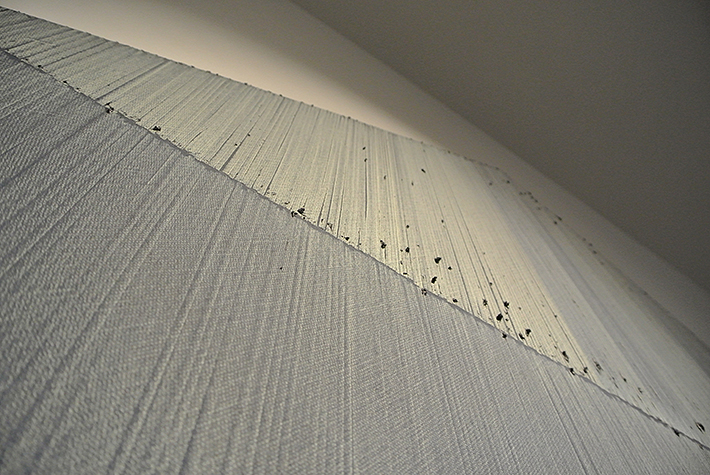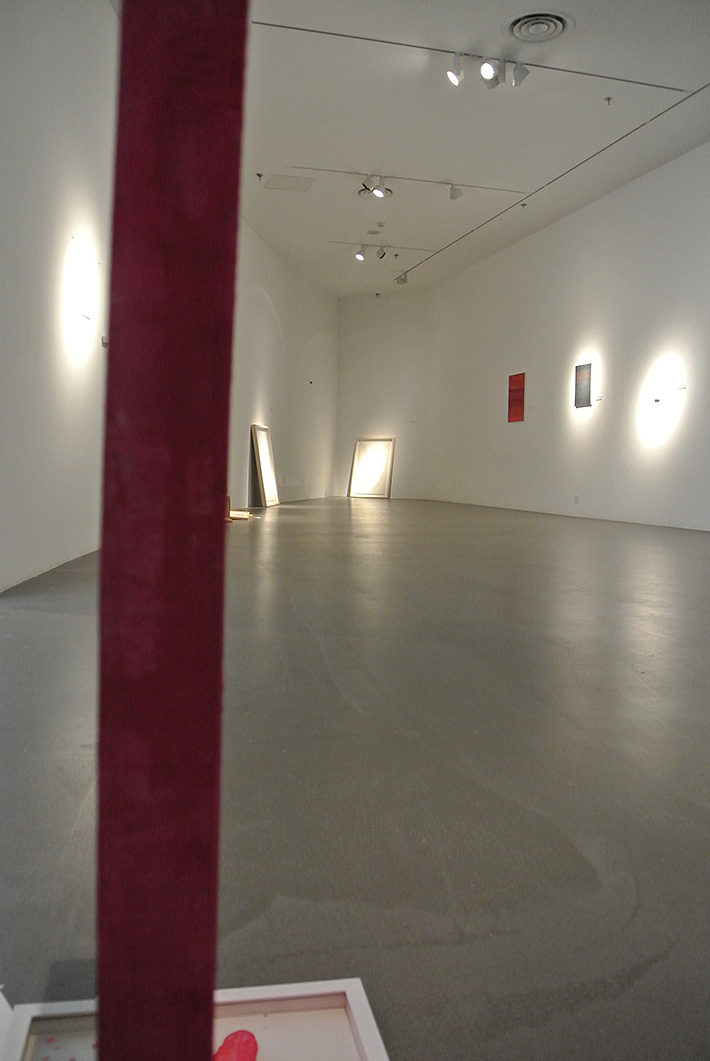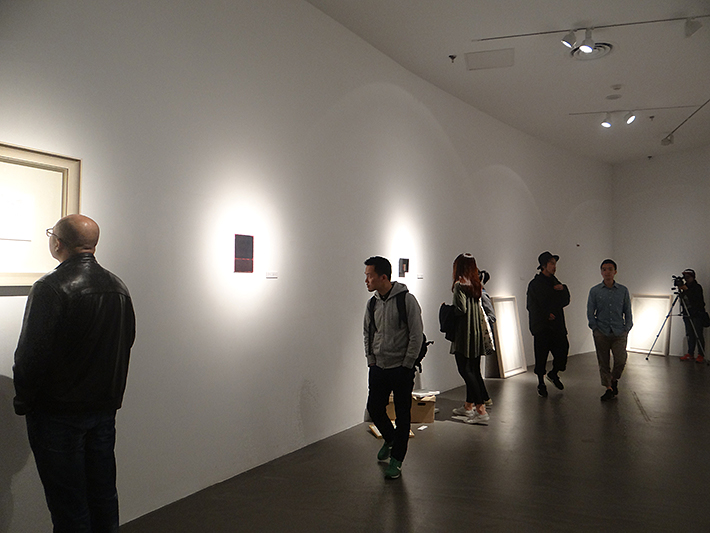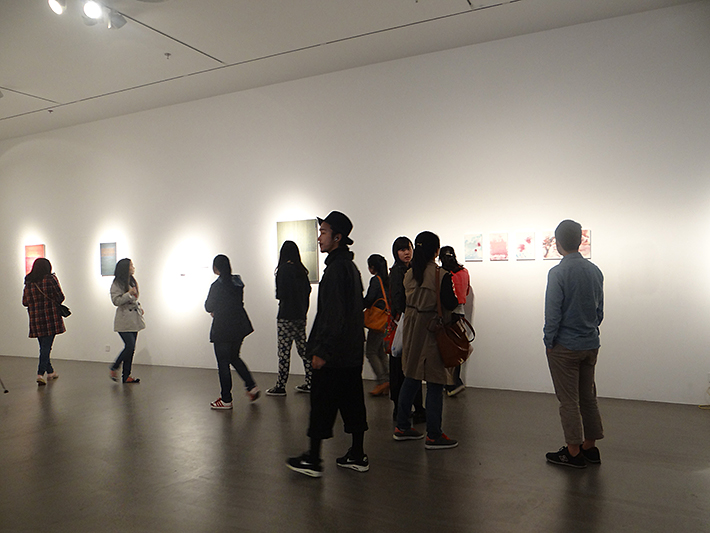An Exhibition for Painting Art
THE 7TH EXHIBITION OF AMNUA ZERO PROGRAM
Duration/2014,04.25-2014,05,06
Opening Day / April 25, 2014(15:00)
Venue/No.0 Hall of Art Museum of Nanjing University of the Arts
Curator/Kong Yi
Artist/ Zhang Xiao hui Chi Qun Yang Luo …
Organizer/ AMNUA
Director/Wang Yamin
AN EXHIBITION
IN THE PRESENT STATE of the artworld, it is possible that a painting be exhibited which is merely a
square of primed canvas, or a sculpture shown which consists of a box, of undistinguished
carpentry, coated with a banal tan chemtone applied casually with a roller. Such works may be
scored as largely empty, as indeed they are when we contrast the former with The Legend of the
True Cross by Piero della Francesca, or the latter with the Apollo Belvedere. Yet the painting is
not empty in the way in which a square of primed canvas, indiscernible from our work, may be: an
empty canvas awaiting an An nunciation, say; or the way in which a crate indiscernible from our
sculpture may be, which awaits a cargo of bric-a-brac and a bill of lading. For “empty” as applied
to our works is an aesthetic and critical judgment, presupposing that its subjects are artworks
already, however inscrutable may be the differences between them and objects which, since not
artworks, reject such predicates as a class.
Our works are titled “Untitled.” This is a title of sorts rather than a mere statement of fact, as it
sometimes is when an artist ne glects to give his work a title and it enters the catalogue raisonne
unbaptized. So are those mere objects untitled which happen not to be discernible from our works,
butthis by dint of an ontological classification: mere things, in contrast with artworks, are
unentitled to titles, even such churlish ones as “Untitled.” Titles, of course, are fre quently
directions for interpretation, which may not always be helpful, as when a paint ing of some apples
is fantastically titled. An nunciation: but here, with our square, the title is somewhat more
directive, saying about the thing it is to be applied to that no interpretation is intended. And
predictably the artist upon being asked what his work is about will say that it is about nothing. I
am certain that he is not telling us that noth ing is what it is about, after the manner of Chapter
Two of L’etre et le neant. But I can imagine a work, indiscernible from his by virtue of arthistorical
accident, that hap pens to be about nothing: a picture of the void, less a case of vacuous
mimesis than mimesis of vacuity. The mere empty canvas, like the unfilled crate, also can be said
not to be about anything, but only in the sense in which mere objects are logically exempt from
interpretation. Our artist has produced something which is of the right sort to be about something,
but in consequence of ar tistic fiat it happens only not to be about anything. Thus I may raise my
arm “for no reason.” But saying it was not done for a reason does not refuse application of the
question why I did it: it merely refuses the question. I may refuse application of the question if my
arm had gone up without my having raised it, by external percussion orinternal spasm. Mere
bodily movements are not done, hence not done for a reason or for no reason. Artworks may
indeed reject in terpretation, but are of the right sort to re ceive them.
--A R T H U R C . D A N T O 《T h e T r a n s f i g u r a t i o n o f t h e C o m m o n p l a c e 》
“An Exhibition ” is expected to be transfigured into other “exhibition” texts or exhibition “texts”.
Some “painting works” are expected to be transfigured, added or replaced. We are not sure about
whether there are any other “artists” on the could submit “painting works” and join in this
exhibition…
--Kong Yi


